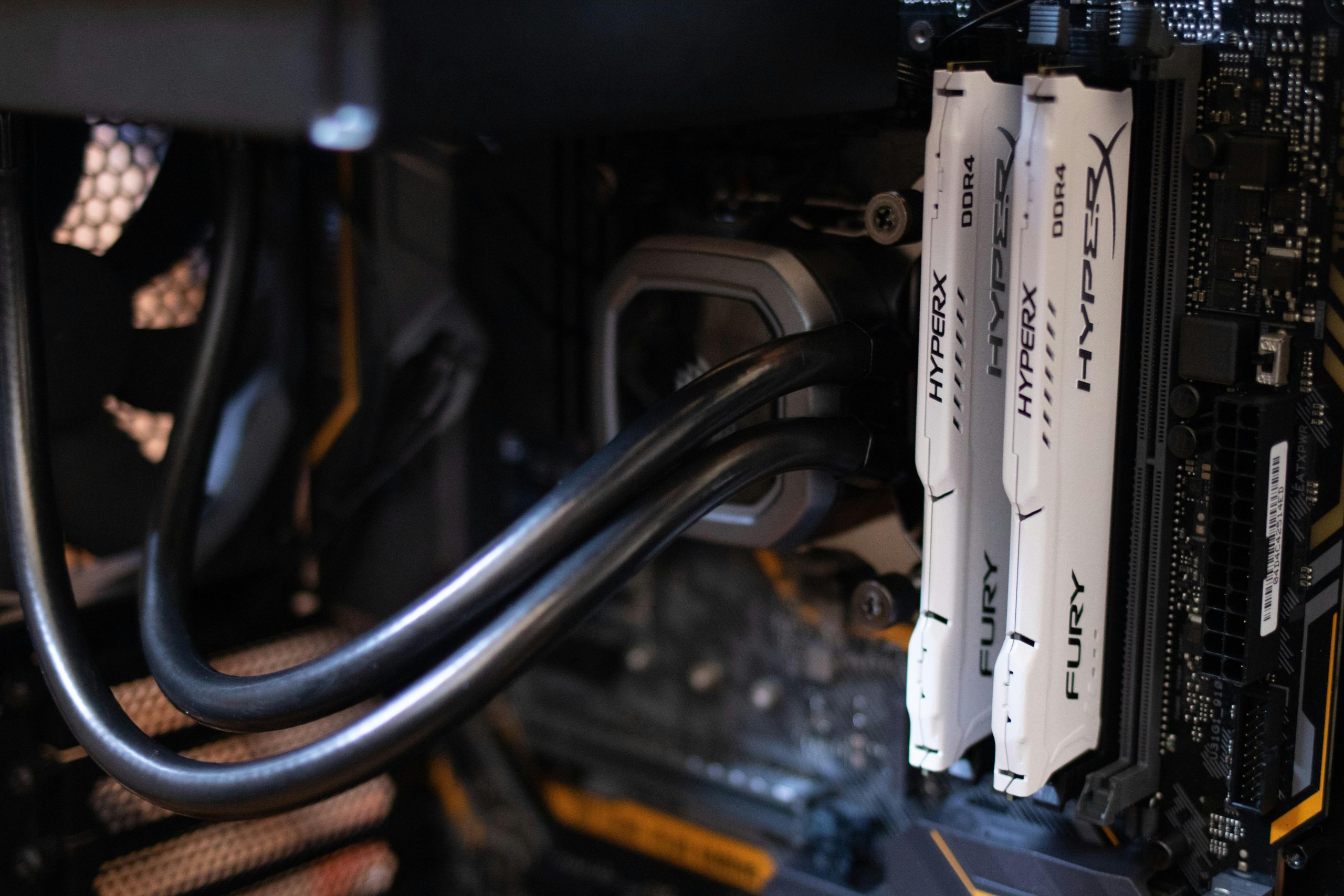Understanding Unexpected RAM Usage: Troubleshooting Your Laptop’s Performance Issues
Many users encounter scenarios where their computers do not perform as expected, particularly when it comes to RAM (Random Access Memory) utilization. If your laptop appears to be running sluggishly, despite having 8GB of RAM installed, and your system tasks indicate that memory usage hovers around 86%, it can be perplexing. This article aims to shed light on common reasons behind such behavior and guide you through steps to diagnose and resolve potential issues.
Assessing Your System’s Memory Performance
When observing high RAM utilization, it’s essential to differentiate between actual physical memory constraints and how the system utilizes available memory. In some cases, systems configured with 8GB of RAM can show high usage percentages even if the total used memory is not fully maxed out. This often points to other underlying factors influencing performance.
Common Causes of High Memory Utilization
- Memory-Intensive Background Processes
- Background applications, system services, or malware can consume significant memory. Use Task Manager or similar tools to identify processes using the most RAM.
- Memory Leak in Software
- Certain applications may have bugs causing them to consume increasing amounts of memory over time without releasing it.
- Misconfigured System Settings
- Incorrect virtual memory settings or other system configurations might lead to inefficient memory management.
- Hardware or Software Issues
- Faulty RAM modules or driver conflicts may cause irregular memory behavior.
Diagnostic Steps to Take
- Review Active Processes
- Open Task Manager (Ctrl + Shift + Esc) and examine the “Processes” tab to identify applications with high memory usage.
- Check System Configuration
- Verify virtual memory settings by navigating to System Properties > Advanced system settings > Performance > Settings > Advanced tab > Virtual Memory.
- Run Memory Diagnostics
- Use Windows Memory Diagnostic tool to test the physical RAM for errors.
- Update Drivers and Software
- Ensure all system drivers and applications are up-to-date, especially those related to hardware components.
- Consider Memory Usage Efficiency
- Remember that Windows manages memory dynamically, often caching data to speed up processes. High utilization does not always indicate a problem unless it correlates with performance issues.
Additional Recommendations
- Monitor your system over time to see if memory usage consistently remains high or fluctuates.
- If memory usage is indeed close to the physical limit, consider adding more RAM or closing unnecessary applications.
- Perform regular system maintenance,
Share this content:

